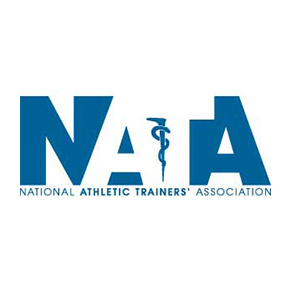Static stretching involves reaching forward to a point of tension and holding the stretch. The stretch should be held for 15 to 60 seconds.
Dynamic stretching consists of functional-based exercises, which use sport-specific movements to prepare the body for movement. Dynamic stretching can be slightly dangerous if performed too vigorously.
To avoid injury, you should not engage in exercises too rapidly before your body has had time to adapt.
Another way to maintain flexibility is to perform a proper cool-down. Letting your body cool down allows the lactic acid to slowly leave muscle tissues.
(This answer provided for NATA by the Gustavus Adolphus College Athletic Training Education Program.)
Flexibility can be improved by properly applying a variety of stretching techniques such as various forms of massage, self-myofascial release, static stretching, and dynamic stretching. Massage is a great way to help the mind and body relax and release painful trigger points (knots) in the muscles and surrounding fascia (connective tissue that surrounds the muscles). Self-myofascial release is a type of self-massage that utilizes a foam roller or other percussion or vibration devices to help penetrate the muscle to alleviate knots, much like a masseuse who presses their thumb into a tight muscle. Static stretching is the most common type of stretching. Research has shown that holding a static stretch for 20-30 seconds allows the muscles time to relax and elongate, thus increasing joint range of motion. Another form of stretching is called dynamic stretching. This form of stretching is good for individuals and athletes who need to warm-up prior to exercise or sports competition. This form of stretching can be performed on its own (if the indivdual does not have tight/stiff muscles) or after completing a series of static stretches. Dynamic stretches are low-intensity exercises that mimic the type of movements an individual may perform during their workout or sporting event. These stretches help increase circulation, reduce muscle tightness, and helps your nervous system's ability to contract muscles forcefully. Example dynamic stretches include, prisoner squats, walking lunges with rotation, and hip swings.
Continue Learning about Flexibility Training
Important: This content reflects information from various individuals and organizations and may offer alternative or opposing points of view. It should not be used for medical advice, diagnosis or treatment. As always, you should consult with your healthcare provider about your specific health needs.


